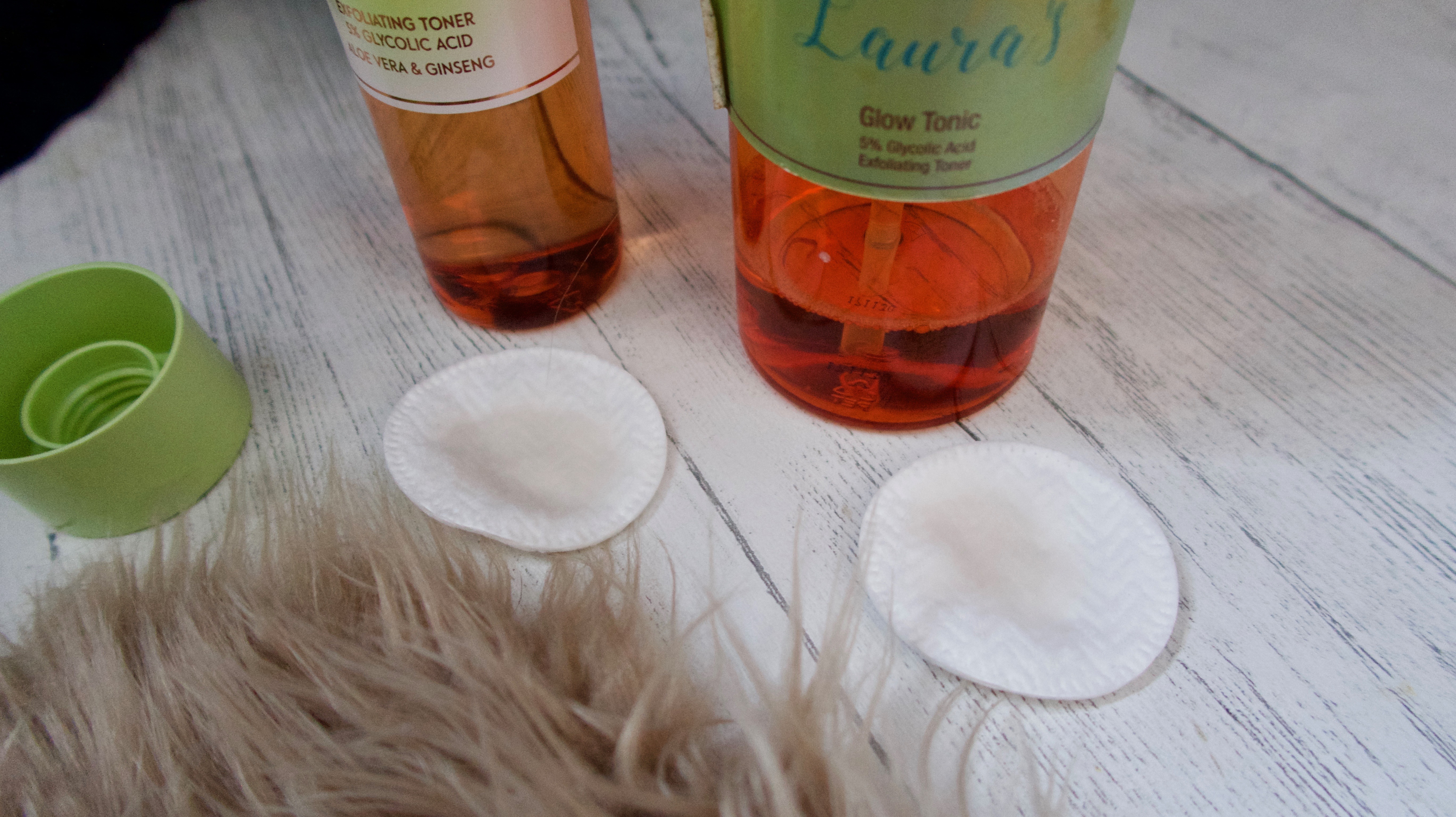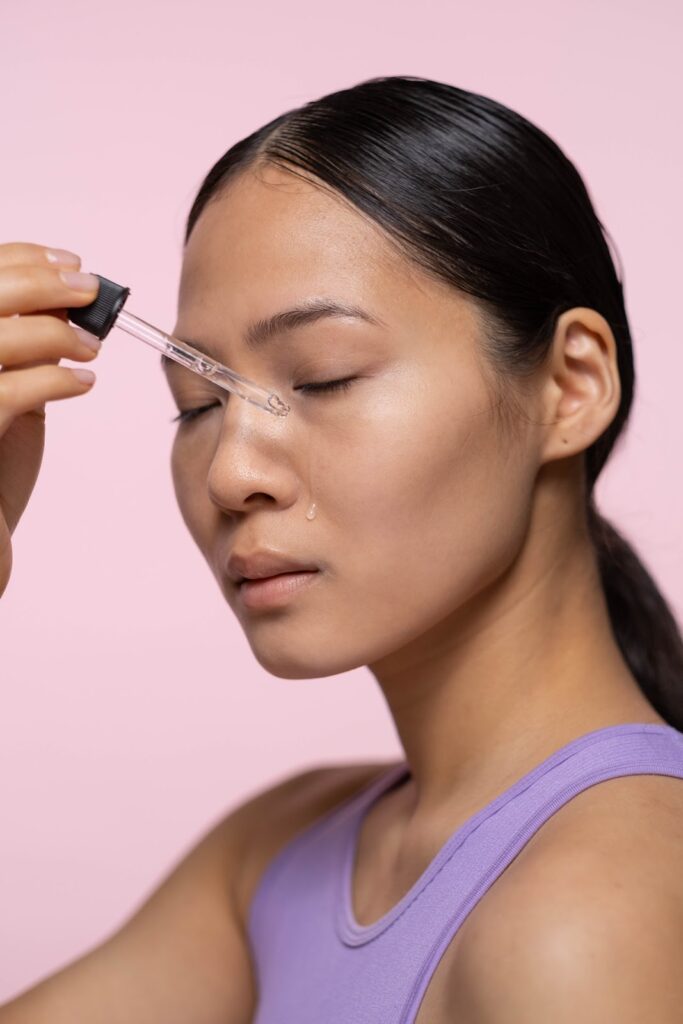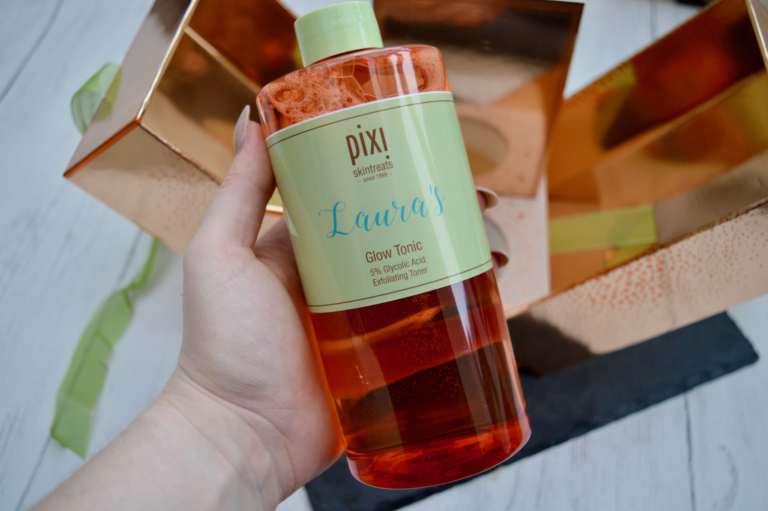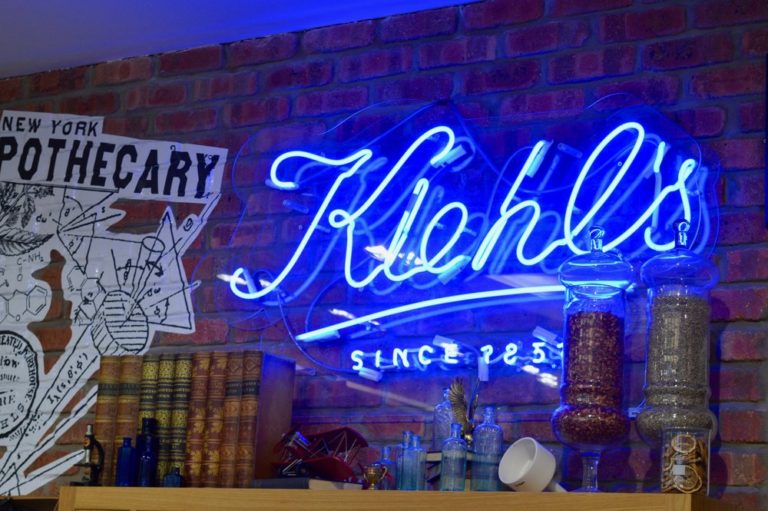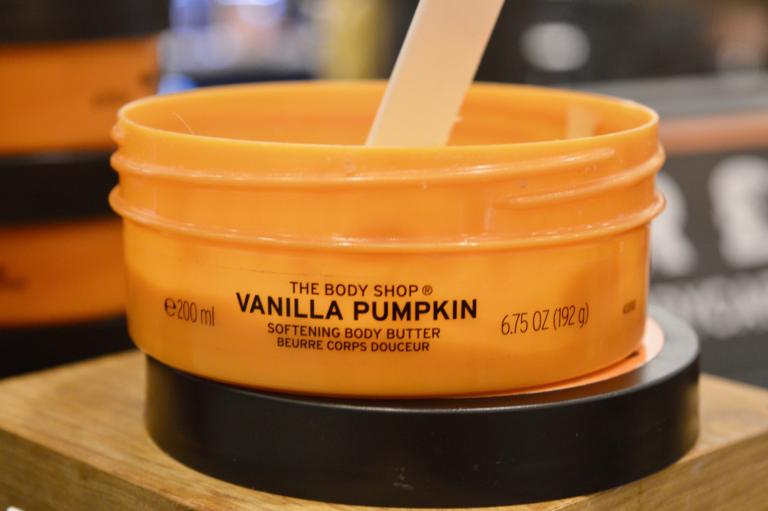2 Things You Need to Know About the K-Beauty Trend
In the past few years, K-pop has entered the music mainstream, while South Korean film and television have finally found a world audience thanks to streaming services. Meanwhile, kimchi has become a favourite with the clean-eating crowd. It’s no surprise that Korean influences are now permeating the global beauty sector. You’ve almost certainly heard about the K-Beauty trend before. However, understanding what K-Beauty entails is a different matter entirely.
2 Things You Need to Know About the K-Beauty Trend
K-Beauty Explained
K-Beauty is a fairly broad term. Generally speaking, it applies to just about any Korean skin care and cosmetic products. The K-Beauty trend isn’t a new one. In fact, there’s been a growing appetite for K-Beauty products in Southeast Asia for many years. More recently, consumers in Europe and North America have been waking up to the appeal and benefits of K-Beauty products.
Although the term is broad, the key selling point of the K-Beauty trend is pretty specific. It came about from a particular aesthetic favoured by South Koreans. At the core of the K-Beauty trend is a focus on glowing, hydrated skin. However, the way this look is realised is different from other approaches. Instead of relying on things like foundation, K-Beauty emphasises cleansing and toning. In other words, it’s all about committing to a next-level skincare routine that enriches the skin, rather than concealing existing imperfections.
The South Koreans take their care can regimes very seriously. In 2021, the cosmetics sector was worth more than £4.6 billion. Although it’s an emerging market elsewhere in the world, the emergence of brands like Missha has made K-Beauty more accessible than ever before.
The Key Elements of K-Beauty
Removing impurities and keeping the skin as pristine as possible form the bedrock of a K-Beauty skincare regime. If you’re looking to stock up on essentials, make sure you’ve got a high-quality make-up remover to hand. Choose delicate cleansing waters to remove eye makeup. Remember, the skin membranes around this area are particularly thin and prone to irritation. Generally speaking, cleansing is all-important.
For best results, you’ll want to be using multiple cleansers that tackle different things. Use an oil-based cleanser to get rid of stubborn cosmetics and ingrained grime. Next, use something like a cleansing stick to remove finer particles from your pores. This is particularly important if you live in an urban area prone to air pollution.
To achieve that smooth glass skin that’s synonymous with the K-Beauty trend, you’ll need to exfoliate. Getting rid of dead cells from the dermal layer is essential for keeping your skin looking fantastic. However, it’s easy to overdo it. K-Beauty exfoliants aren’t particularly potent. That being said, don’t assume this means you can be too liberal when exfoliating. Restrict usage to twice a week to minimise the chance of irritation and redness.
Next, you’ll need a light toner. This not only gets rid of any residue from your cleaning products but also prepares your skin for further treatment. A typical K-Beauty routine doesn’t rely on thick serums. Instead, water-based formulas are the way forward. Most Koreans are very particular when it comes to ingredient lists, so if you want to be a purist, an all-natural approach is the way to go. Failing that, stick with your go-to hyaluronic acid.
Beyond this, all the basics of a good skin care regime apply. Make sure you’re moisturising your skin daily, using a more intensive product overnight to keep your skin hydrated. Your eyes will also benefit from a formula tailored to the more delicate skin found there. Finally, your skin needs protection from UV rays. Your K-Beauty products are unlikely to contain SPF, so adding a layer of sunblock to your skin is a must whenever you’re out of the house.

